Launching a crowdfunding campaign is an exciting step toward turning your idea into reality. But one of the biggest challenges many creators face is getting backers to support their crowdfunding campaign. You might have a great idea, a compelling story, and a worthy cause yet without a clear strategy to attract and convert supporters, your campaign could fall short of its funding goal.
In this step-by-step guide, you’ll learn how to get backers to donate, how to build trust, and how to create a campaign that converts visitors into supporters. Whether you’re using Kickstarter, Indiegogo, GoFundMe, or another platform, these strategies will help you maximize your visibility, credibility, and donations.
Why Backers Support a Crowdfunding Campaign
Before you start promoting your project, it’s important to understand why backers support crowdfunding campaigns in the first place. People donate or pledge for three main reasons:
- Emotional connection – They resonate with your story or mission.
- Personal benefit – They want the reward or product you’re offering.
- Social impact – They believe in your cause and want to be part of something meaningful.
Your campaign must speak to at least one of these motivations, ideally all three if you want to convert viewers into backers.
Step 1: Craft a Compelling Story That Inspires Donations
Your story is the foundation of your campaign. Backers don’t just support ideas; they support people behind the ideas.
To make your story irresistible, focus on the “why” behind your project. Explain:
- Why this idea matters to you personally.
- What problem it solves or what impact it creates.
- How the funds will be used to bring it to life.
Include emotional triggers, visuals, and authenticity. Don’t write a cold pitch, share your journey. Remember, crowdfunding is about connection as much as it is about funding.
Step 2: Create a High-Converting Campaign Video
Statistics show that campaigns with a video raise up to 200% more than those without one. Your video is your best opportunity to connect emotionally, showcase your product, and build trust quickly.
Tips for a successful crowdfunding video:
- Keep it under 3 minutes.
- Introduce yourself and your mission clearly.
- Demonstrate your product or idea in action.
- Show your passion and personality.
- End with a strong call to action (CTA): “Back this project today and help us make it happen!”
You don’t need Hollywood-level production, authenticity wins over perfection.
Step 3: Build Trust with Transparency and Credibility
People only donate when they trust you. Backers want to feel confident that their money is in good hands.
To build trust and credibility, do the following:
- Be clear and transparent about how funds will be used.
- Show prototypes, plans, or past achievements.
- Introduce your team members and their experience.
- Update frequently and respond promptly to questions or comments.
If you’re an established creator, highlight past successful projects or testimonials. If it’s your first time, focus on your commitment, preparation, and integrity.
Step 4: Promote Before You Launch
One of the biggest mistakes creators make is launching their campaign without a pre-launch audience. If you want to get backers fast, you must build momentum before launch.
Start promoting your campaign 30–60 days before you go live.
Here’s how:
- Build a landing page where people can sign up for updates.
- Share sneak peeks and behind-the-scenes content.
- Use email marketing to nurture potential supporters.
- Engage on social media (especially LinkedIn, Twitter/X, Instagram, and TikTok).
- Collaborate with influencers or micro-creators in your niche.
Your goal is to collect email leads and build hype so that when you launch, you already have a warm audience ready to back your campaign.
Step 5: Launch with a Bang
The first 48 hours of your campaign are critical. Platforms like Kickstarter and Indiegogo use early traction to decide whether to feature your campaign in their “Trending” or “Popular” sections.
To make the most of your launch:
- Announce it to your email list first.
- Ask friends, family, and early supporters to pledge within the first 24 hours.
- Share countdown posts and launch-day celebrations on social media.
- Consider small paid ads on Facebook, Instagram, or Google to boost initial traffic.
A strong launch day creates social proof when new visitors see others backing your project, they’re more likely to join in.
Step 6: Offer Rewards That Convert
If your crowdfunding campaign is reward-based (like Kickstarter), your reward tiers can make or break your success.
Create rewards that appeal to both logic and emotion:
- Offer early-bird discounts for quick pledges.
- Add exclusive perks for higher tiers.
- Make sure every reward feels valuable and achievable.
Keep the structure simple. Too many options can overwhelm backers. Aim for 5–7 reward tiers with clear value differences.
🎯 Pro Tip: Include a “Thank You” tier for small donors who just want to support these micro-donations can add up.
Step 7: Leverage Social Proof and Testimonials
Social proof is one of the strongest motivators for online support. When people see others backing your project, they’re more likely to trust and join in.
You can create social proof by:
- Displaying your backer count and funding progress.
- Sharing testimonials or endorsements.
- Featuring press mentions or blog coverage.
- Posting thank you shoutouts on social media.
Encourage your backers to share your campaign every share extends your reach.
Read more: Ascent Review: The Indestructible Notebook & Pen
Step 8: Engage Your Community During the Campaign
Crowdfunding is not a “set it and forget it” process. Engagement is key to keeping momentum.
Stay active throughout the campaign by:
- Posting regular updates (progress, milestones, stretch goals).
- Replying to comments and messages promptly.
- Running mini-events (giveaways, live Q&As, behind-the-scenes posts).
- Celebrating milestones (50%, 75%, 100% funded).
When people see you’re active and responsive, it builds excitement and trust leading to more backers.
Step 9: Use Crowdfunding Analytics to Optimize Your Campaign
Most platforms offer analytics showing where your backers come from and what’s working. Use these insights to double down on what drives results.
Track:
- Traffic sources (social media, email, ads).
- Conversion rates by reward tier.
- Backer comments for common questions or feedback.
If you notice one channel performing better (e.g. Instagram), shift more attention there. If a reward tier is popular, feature it prominently.
Data-driven adjustments can significantly increase conversions.
Step 10: Thank Your Backers and Keep Them Updated Post-Campaign
Your relationship with backers doesn’t end when the campaign closes. In fact, post-campaign communication is critical for your reputation and future projects.
After funding ends:
- Send thank-you messages to all backers.
- Post regular fulfillment updates.
- Be honest about delays or changes.
Happy backers often become repeat supporters or ambassadors for your next project.
Remember: crowdfunding is not just about one project it’s about building a loyal community around your vision.
Key Takeaways
To get backers to support your crowdfunding campaign, you need a blend of storytelling, trust-building, pre-launch marketing, and ongoing engagement. Let’s recap:
✅ Craft a powerful and authentic story.
✅ Create a high-quality campaign video.
✅ Build trust with transparency.
✅ Promote before you launch.
✅ Launch with strong momentum.
✅ Offer attractive reward tiers.
✅ Leverage social proof.
✅ Stay active and responsive.
✅ Use analytics to refine your strategy.
✅ Keep backers informed after the campaign.
When you follow these steps consistently, you’ll not only meet your funding goals you’ll create a strong foundation for long-term success.
Final Thoughts
Attracting backers is both an art and a science. It requires creativity, strategy, and consistency. If you focus on telling a compelling story, building trust, and engaging your audience, you’ll transform casual visitors into committed supporters.
Whether you’re launching on Kickstarter, Indiegogo, or GoFundMe, apply these steps and watch your campaign grow one backer at a time.
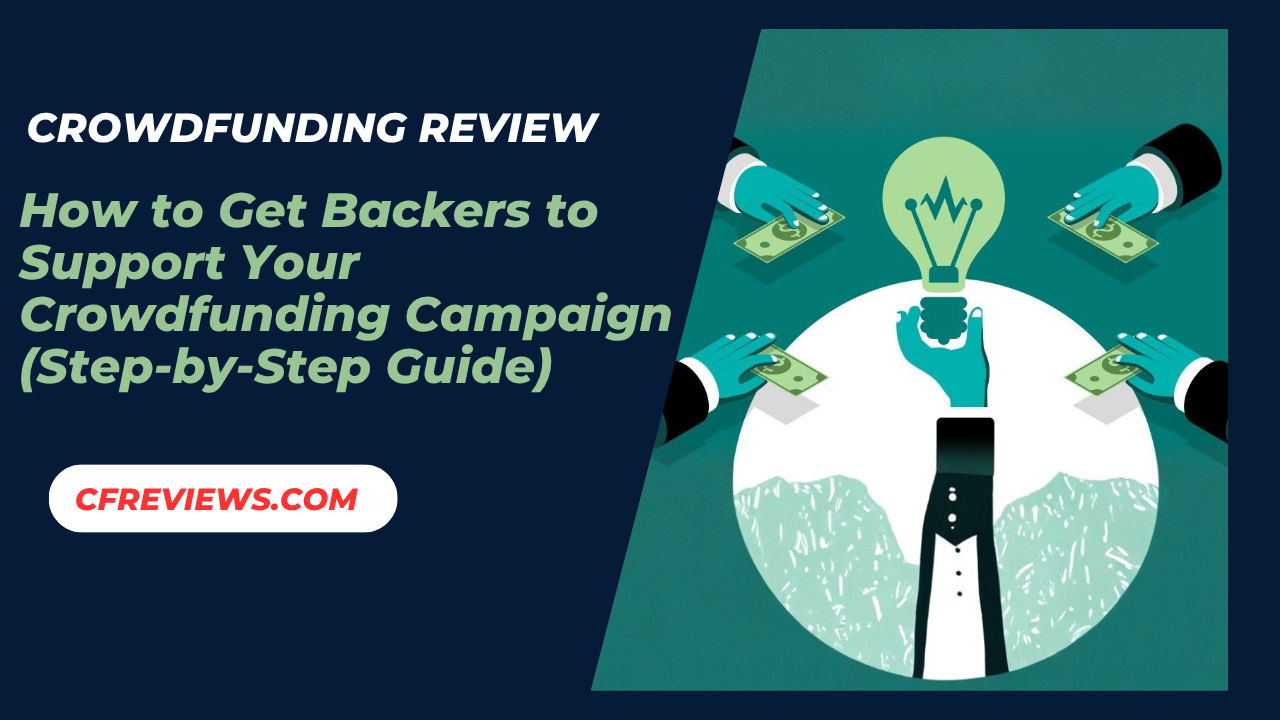
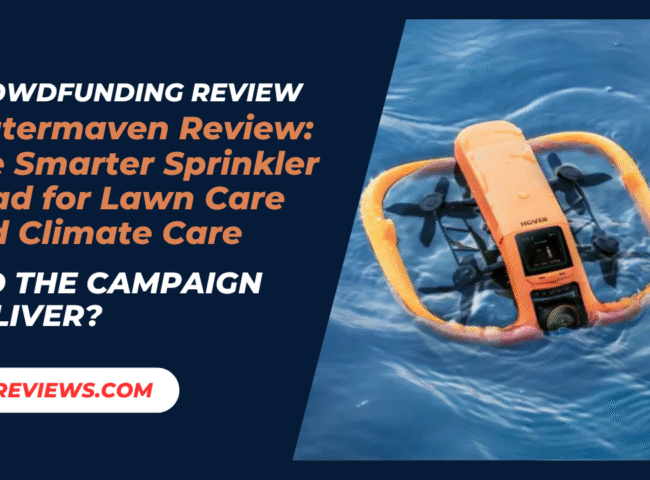

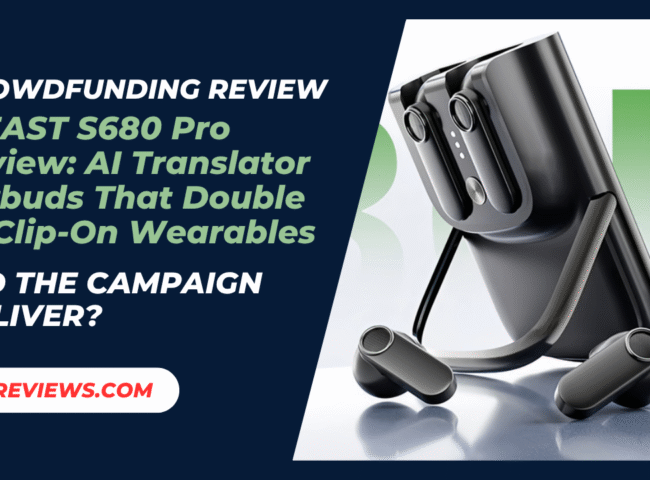
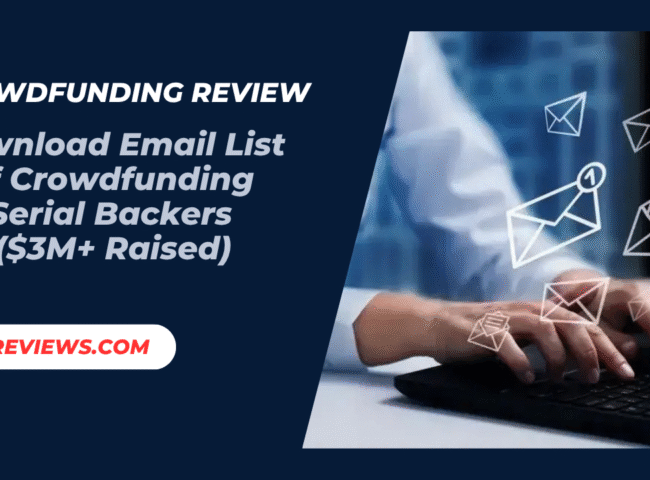
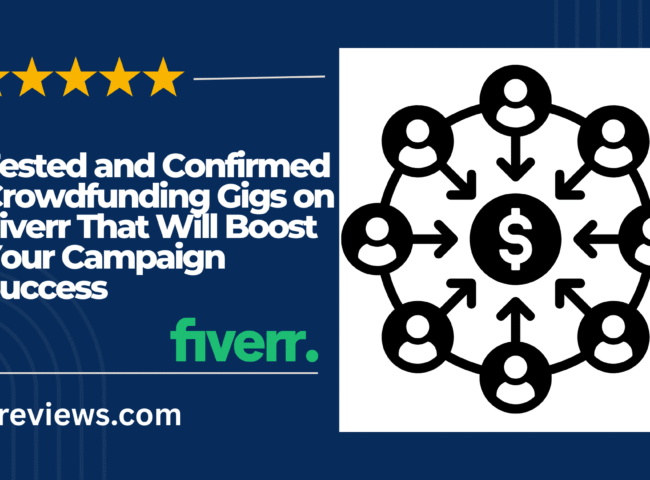
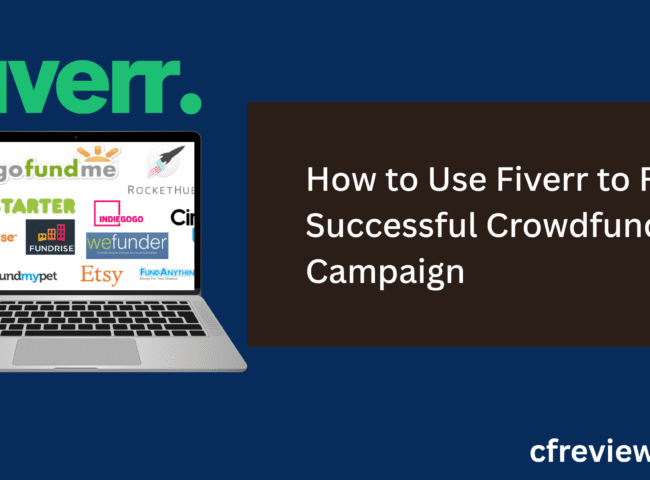
Leave feedback about this